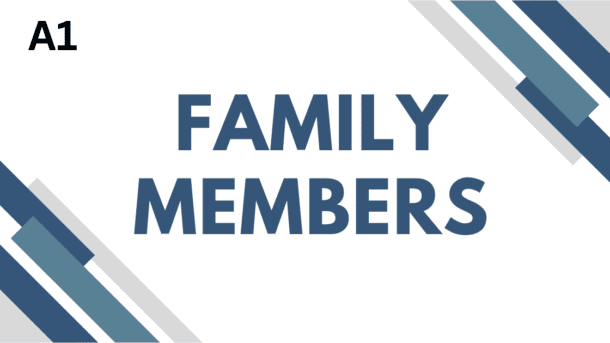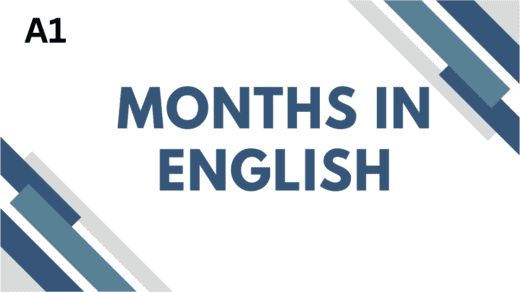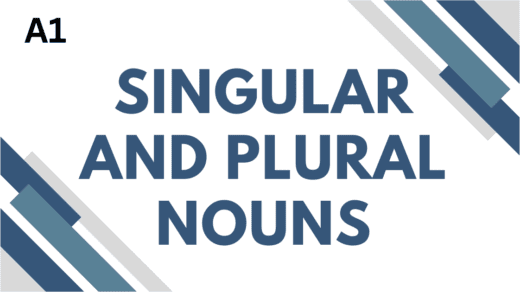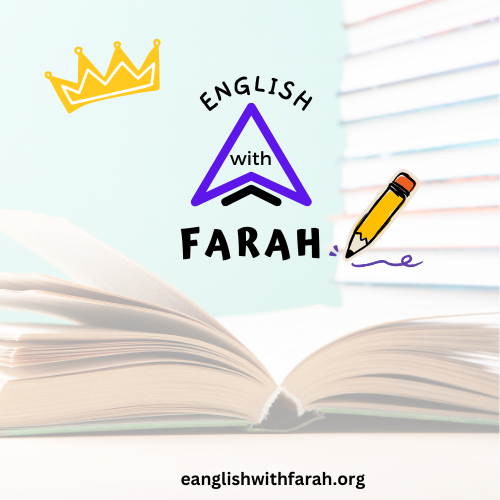Understanding Family Members in English:
Family is one of the most significant parts of our lives, and understanding how to describe family members in English is crucial for effective communication. So In this blog post, we will explore the vocabulary used to describe various Family Members, family relationships, their roles, and some cultural insights that can enrich your understanding. Basically, this guide will not only help you expand your vocabulary but also enable you to engage in conversations about family, a common topic in everyday life.
Family Members: Cultural Context
Every culture has its unique family dynamics, impacting the immediate family’s structure. In many Western cultures, the concept of a nuclear family—consisting of two parents and their children—is common. However, in other cultures, extended family living arrangements, including grandparents and other relatives, may be more prevalent.
Types of Families
Families come in various shapes and sizes, reflecting cultural norms and personal circumstances. Here are a few common types of families:
- Immediate family/Nuclear Family: This is a family unit consisting of two parents and their children. For example, “I live in a nuclear family with my mom, dad, and younger sister.”
- Extended Family: This includes relatives beyond the immediate family, such as grandparents and cousins. For example, “During holidays, my extended family gathers at my grandparents’ house.”
- Single-Parent Family: A family led by one parent raising their children. Example: “My friend is from a single-parent family; her mother takes care of her and her brother.”
- Blended Family: Formed when parents remarry and bring children from previous relationships together. Example: “My blended family has two stepsisters and a stepfather.”
- Childless Family: Some families choose not to have children or may be unable to. Example: “My aunt and uncle form a childless family, focusing on their careers.”
Family Members: Key Vocabulary
Immediate Family
What is Immediate Family?
The term “immediate family” refers to the closest family members in a person’s family circle. Unlike extended family, immediate family typically consists of parents and their children. Understanding immediate family vocabulary is crucial for effective communication, whether you’re discussing family life, relationships, or sharing personal stories.
- Mother:
- Definition: A woman who has children.
- Example: “My mother loves to cook Italian food.”
- Father:
- Definition: A man who has children.
- Example: “My father works as an engineer.”
- Sister:
- Definition: A female sibling.
- Example: “I have one sister who is a doctor.”
- Brother:
- Definition: A male sibling.
- Example: “My brother is in college.”
- Child:
- Definition: A son or daughter, a young person.
- Example: “He has a child who is just a year old.”
- Kids:
- Definition: Informal term for children.
- Example: “The kids are playing in the backyard.”
- Parents:
- Definition: Mothers and fathers collectively.
- Example: “My parents support me in my education.”
- Son:
- Definition: A male child.
- Example: “Their son is very athletic.”
- Daughter:
- Definition: A female child.
- Example: “Her daughter loves to read.”
- Stepfamily:
- Definition: A family formed by remarriage, including step-siblings and stepparents.
- Example: “I have a stepbrother and a stepsister.”
The Extended Family
What is an Extended Family?
An extended family goes beyond the immediate family (parents and children) to include other relatives such as grandparents, aunts, uncles, and cousins. This family structure is common in various cultures, where extended family members often live close together or maintain strong relationships.
- Grandparents
- Definition: The parents of your mother or father.
- Example Sentence: My grandparents live in the same city as us, and we visit them every weekend.
- Aunt
- Definition: Your mother’s sister or your father’s sister. It can also refer to your uncle’s wife.
- Example Sentence: My aunt loves to bake cookies for us when we visit.
- Uncle
- Definition: Your mother’s brother or your father’s brother. It can also refer to your aunt’s husband.
- Example Sentence: My uncle takes us fishing during the summer holidays.
- Cousin
- Definition: The child of your aunt or uncle.
- Example Sentence: My cousin and I are the same age, so we play together often.
- Great-grandparents
- Definition: The parents of your grandparents.
- Example Sentence: I never met my great-grandparents because they lived in another country.
- Stepfamily
- Definition: A family formed when one or both partners in a relationship have children from previous relationships.
- Example Sentence: I have a stepbrother and a stepsister as my dad remarried.
- Guardian
- Definition: A person who is legally responsible for a child, often when the child’s parents are unable to take care of them.
- Example Sentence: After the accident, her aunt became her legal guardian.
Other Relationships related to family members:
| Nephew | The son of your sibling. | Example: My sister just had a son; he is my nephew. |
| Niece | Niece – The daughter of your sibling. | Example: My brother has a daughter; she is my niece. |
| In-laws | Family members related by marriage. | Example: My mother-in-law is very kind |
Relationships Explained
To further solidify your understanding, let’s look at how these immediate family members relate to each other:
- A mother and father are parents to their children (sons and daughters).
- A brother and sister are siblings who share at least one parent.
- Parents collectively refer to both the mother and father.
- A child may have both biological and step-siblings in a blended family setup.
Interactive Exercise related to Family Members:
Match the Family Terms:
Try to match the following terms to their definitions:
- A child of your uncle or aunt
- The mother of your mother
- Your father’s sister
- The son of your sister
Answers:
- Cousin
- Grandmother
- Aunt
- Nephew
General Grammar Related to Family members
1. Possessive Forms:
To speak about family relationships, we often use possessive nouns. Here are some examples:
- My mother’s sister is my aunt.
- My father’s brother is my uncle.
Exercise:
Write sentences about your family using possessive forms. For example:
- My brother’s name is Alex.
- My grandmother lives in Chicago.
2. Simple Present Tense:
We also use the simple present tense to describe what family members do:
- My sister plays the piano.
- My mother cooks dinner.
3. Descriptive Language: Use adjectives to describe family members:
- “My grandmother is kind and loving.”
- “I have an energetic younger brother.”
Family Members: Conclusion
To Sum Up: Understanding family members vocabulary is key to effectively discussing family matters in English. Whether you’re talking about your immediate family or extended family, using the right terms can help you build relationships and communicate better. As you practice, remember that family dynamics can vary widely depending on cultural backgrounds, adding richness to the topic. So by familiarizing yourself with these terms and practicing their usage, you enhance your conversational skills and gain confidence while interacting with others. Remember, the more you use this vocabulary in various contexts, the more natural it will become. Happy learning!
Read these lessons:
Days of the Week in English
Articles ( A, An, The ) A COMPREHENSIVE GUIDE
Giving Personal Information In Eanglish




